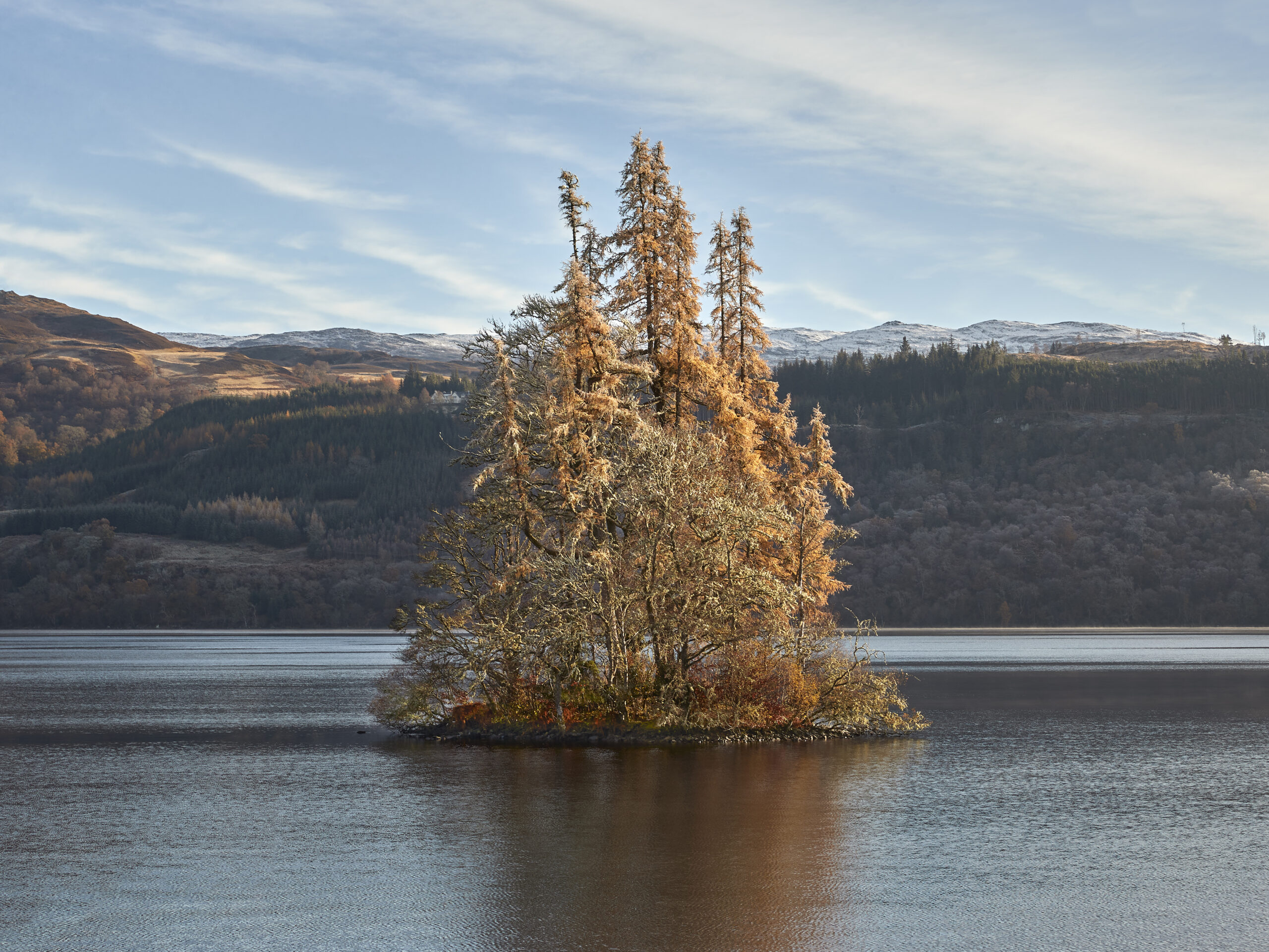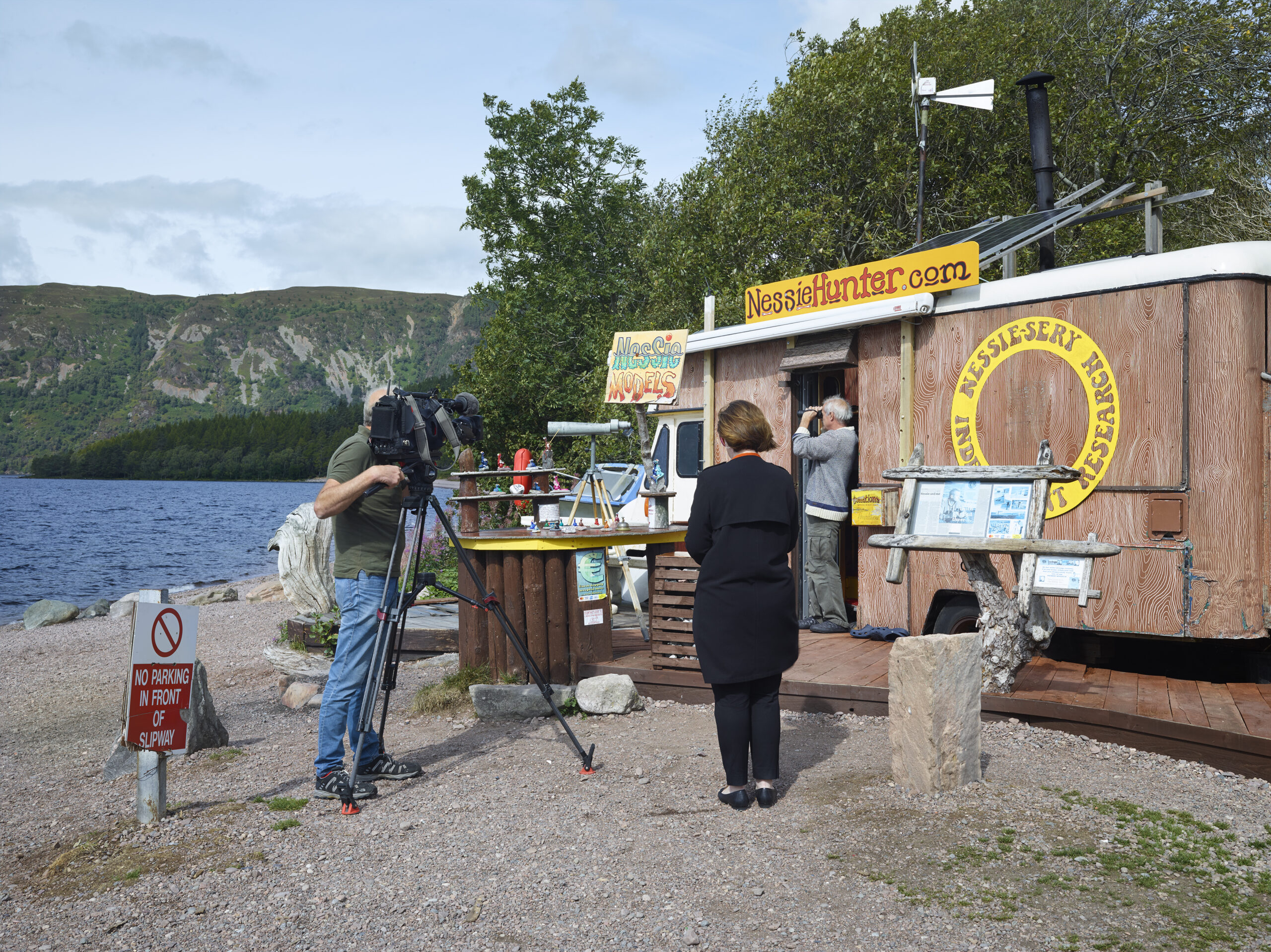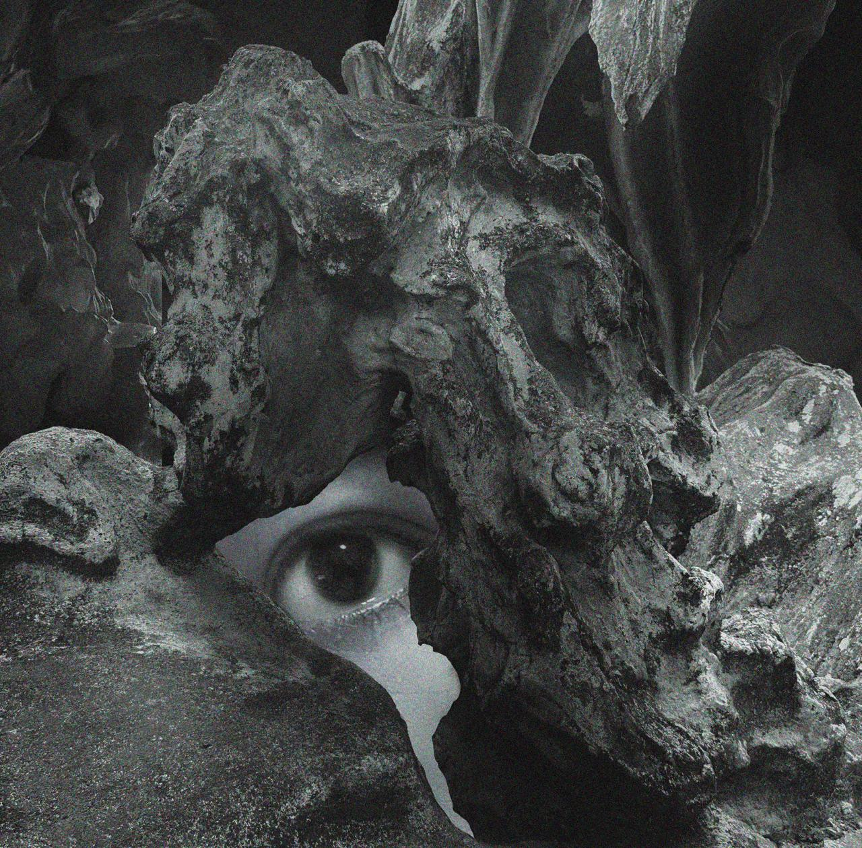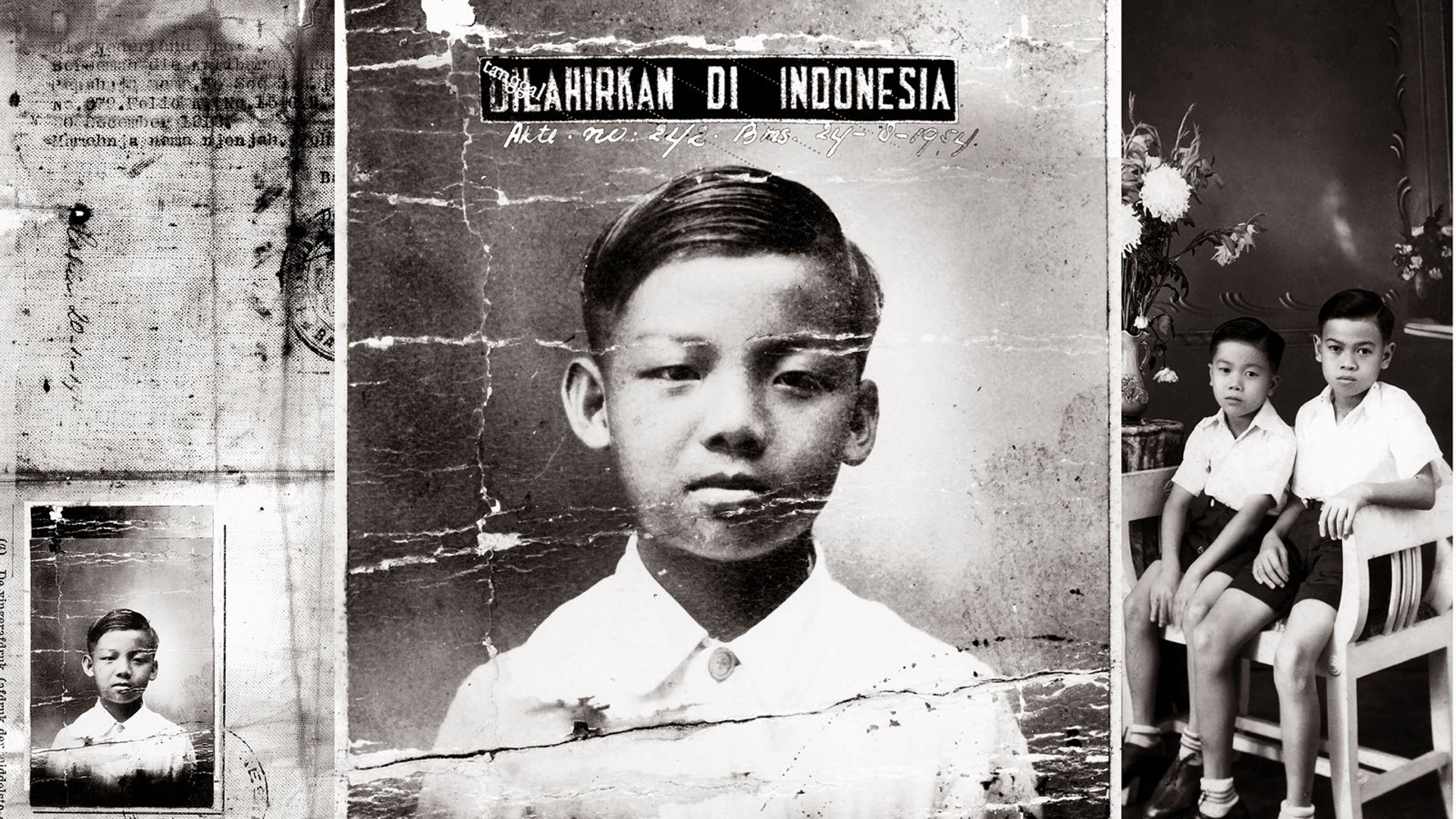Alongside the projects I stubbornly pursued surrounding airports — “Unnamed Land: Air Port City” (2013-2020), “Night Spotting” (2015-2016) and “Myrtle Avenue” (2013-2020)—at the beginning of 2018, I embarked on a new project entitled “In Search of Nessie” (2018-2020). It began with the “Freshwater Fish” (2005-) project, and was based on my long-standing research interest in water, underwater organisms and the environment.
I started this work at the point I had grown exhausted by my work loitering around the airport. With my personal fascination with water and the things that live within it as the foundation, I became intrigued by ecology, ethnic anthropology, and a variety of cultural perspectives. Loch Ness, an enormous lake in Scotland’s northern Highland region, dating back to the Ice Age, is a place of myth that sets the stage for ancient legends through its unobservable depth, unpredictable weather, old medieval castles, ‘water horse’, and so on. The idea that there could be a dinosaur-like creature named Nessie existing in its waters is widely known around the world. Are fiction and manipulation among the elements that form and maintain myths?
Ideas around the Loch Ness Monster, which exists between truth and fabrication, as well as the hide-and-seek between humans and nature that surrounds it, have spread via visual and cognitive errors, through manipulation of images and through myth regarding a target of an unknown substance. Is mythology a fiction overwritten by elements in the past we were unable to comprehend, or is it the yearning and curiosity for the unquestionable unknown? How are stories associated with particular places created, and how do they become myth, maintaining their vitality across time and place?










